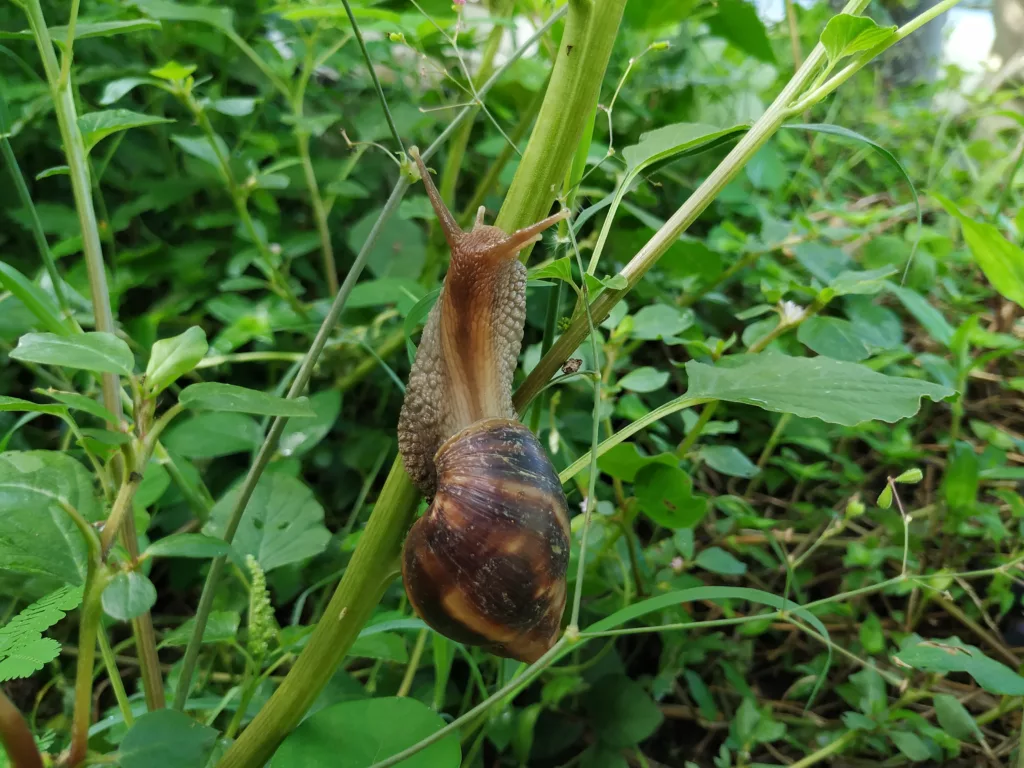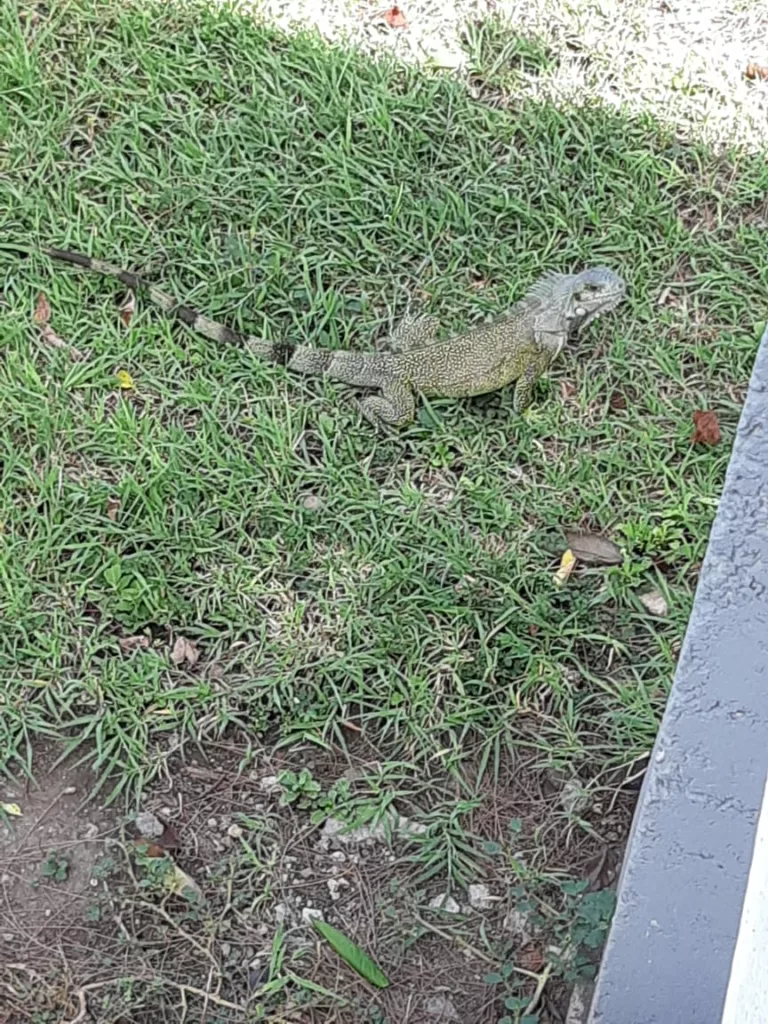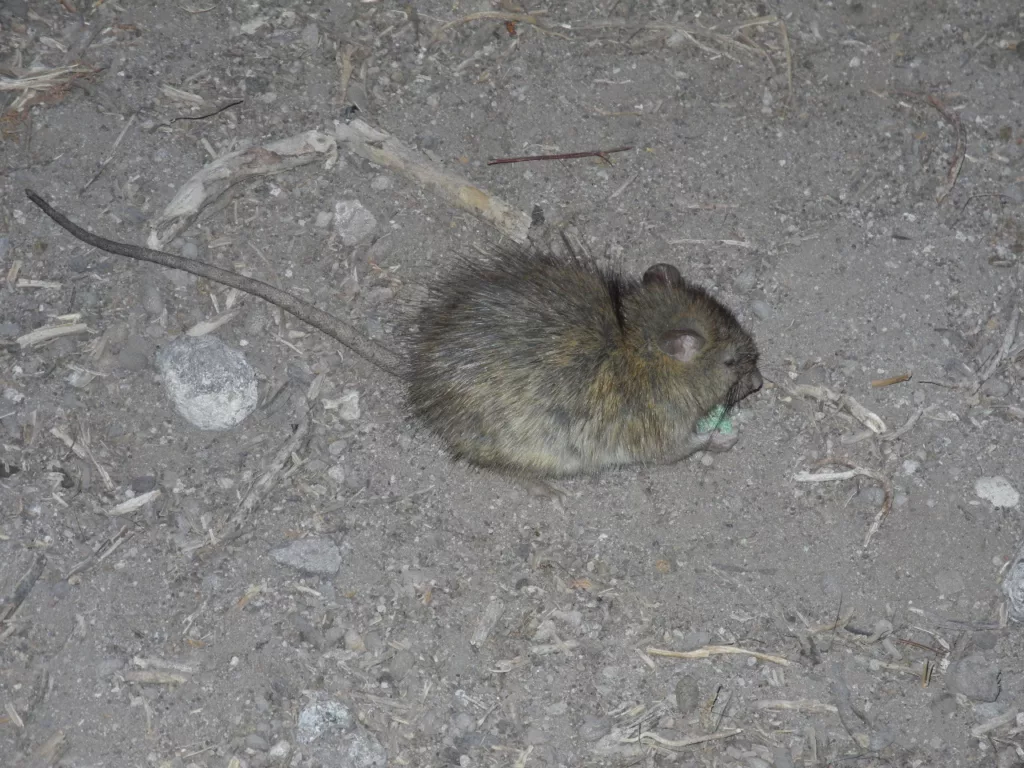Invasive Alien Species (IAS) have been identified as one of the main causes of depleted biodiversity worldwide, including within our small island state.
Alien species (AS) are non-native or exotic organisms that occur outside their natural adapted ranges and habitats. Many AS support our farming and forestry systems in a big way – for example, cows, sheep and goats, or mangoes, lettuce, or cabbage. However, some of the alien species become invasive when they are introduced deliberately or unintentionally outside their natural habitats into new areas where they express the capability to establish, invade and out compete native species, hence the name invasive alien species (IAS).
The International Union for Conservation of Nature and Natural Resources (IUCN) defines IAS as an alien species which becomes established in natural or semi natural ecosystems or habitats, an agent of change, and threatens native biological diversity. These invasives are widely distributed in all kinds of ecosystems throughout the world, and include all categories of living organisms. Nevertheless, plants, mammals and insects comprise the most common types of IAS in terrestrial environments.

The great increase in the introduction of alien species that people are importing primarily for aesthetic reasons – ornamentals to make their gardens more attractive – often leads to a net increase in species richness in their destination. But a species introduced for noble economic or aesthetic objectives may escape into the wild, invading native ecosystems with disastrous results: they become invasive alien species (IAS). Greatly improved transport that enables traders to move goods around the world quickly is providing ideal opportunities for the accidental introduction of IAS, ranging from giant African snails to disease-carrying mosquitoes to bacteria and viruses.
Antigua and Barbuda is a small country with rich biodiversity, especially vulnerable to invasive alien species. It has a long history of introduction of non-native species, especially those with perceived beneficial impacts. Its rapid economic development, including an explosive growth in international trade and transportation, has increased the potential for new introductions. The IPBES Global Assessment identifies IAS as one of the significant drivers of biodiversity loss.
The threat to biodiversity because of IAS is considered second only to that of habitat destruction. IAS cause loss of biodiversity including species extinction, and changes in hydrology and ecosystem function. Differences between native and exotic plant species in their requirements and modes of resource acquisition and consumption may cause a change in soil structure, its profile, and moisture availability. IAS are a serious hindrance to conservation and sustainable use of biodiversity, with significant undesirable impacts on the goods and services provided by ecosystems. Biological invasion now operates on a global scale and will undergo rapid increase in this century because of interaction with other changes such as increasing globalisation of markets, rise in global trade, travel and tourism.

For effective management of invasive alien species, knowledge about their ecology, morphology, phenology, reproductive biology, physiology and phytochemistry is essential. IAS issues are also linked to other issues of major policy concern, such as biotechnology, global trade, water, human health, and climate change. Examples of some local Invasive Alien Species are as follows: Giant African Snail (Lissachatina fulica), Pacific Lionfish (Pterois volitans), Lemon grass (Cymbopogon spp.), Cuban tree frog (Osteopilus septenrionalis), Dwarf Mongoose (Herpestes javanicus), Lethal Yellowing (Myndus crudus), Black Rat (Rattus rattus), Brown Rat (Rattus norvegicus).
Decision-makers need to invest more in assessing the potential impacts before allowing introductions and to incorporate more biosecurity measures once the species has been introduced. Antigua and Barbuda has taken steps to combat the problem through enhancing awareness, development of a database on invasive species, strengthening international co-operation, preparing case studies and introducing the necessary legislation, regulations and monitoring.

One of the ways this is happening is through the GEF Funded project “Preventing COSTS of Invasive Alien Species (IAS) in Barbados and the OECS”, which is being jointly executed locally by Center for Agriculture and Biosciences International (CABI) and the Department of Environment. Through this project, prevention, early detection, control, and management frameworks are being developed to combat IAS, making a significant contribution to protecting and preserving the native biodiversity of our country.

